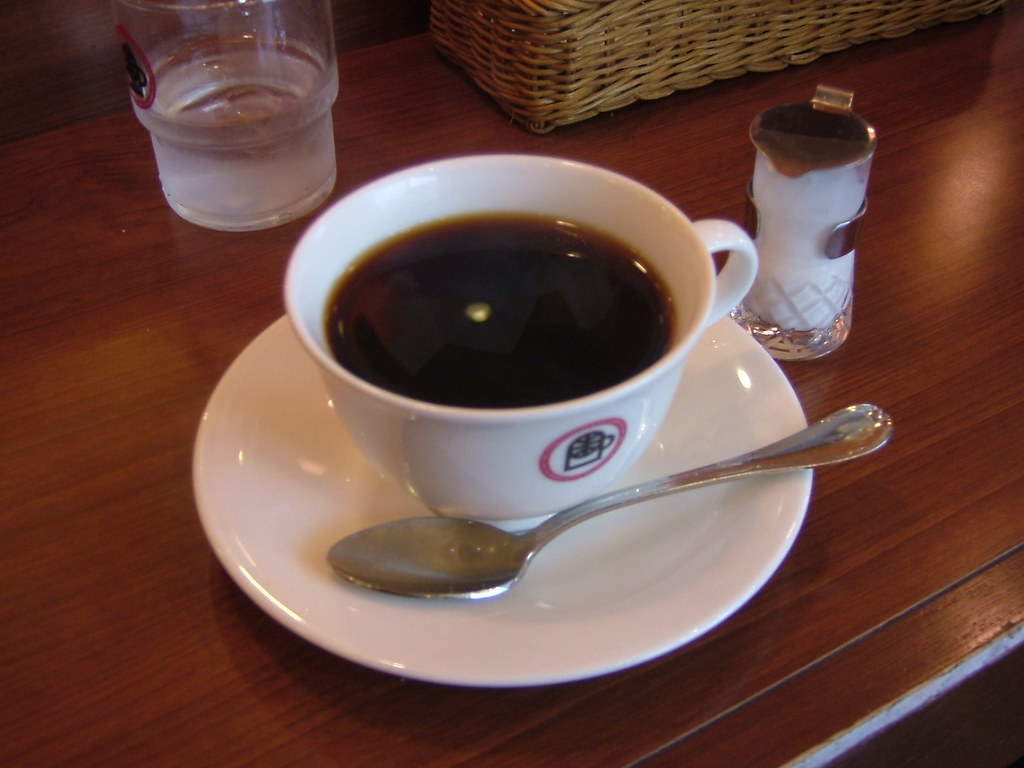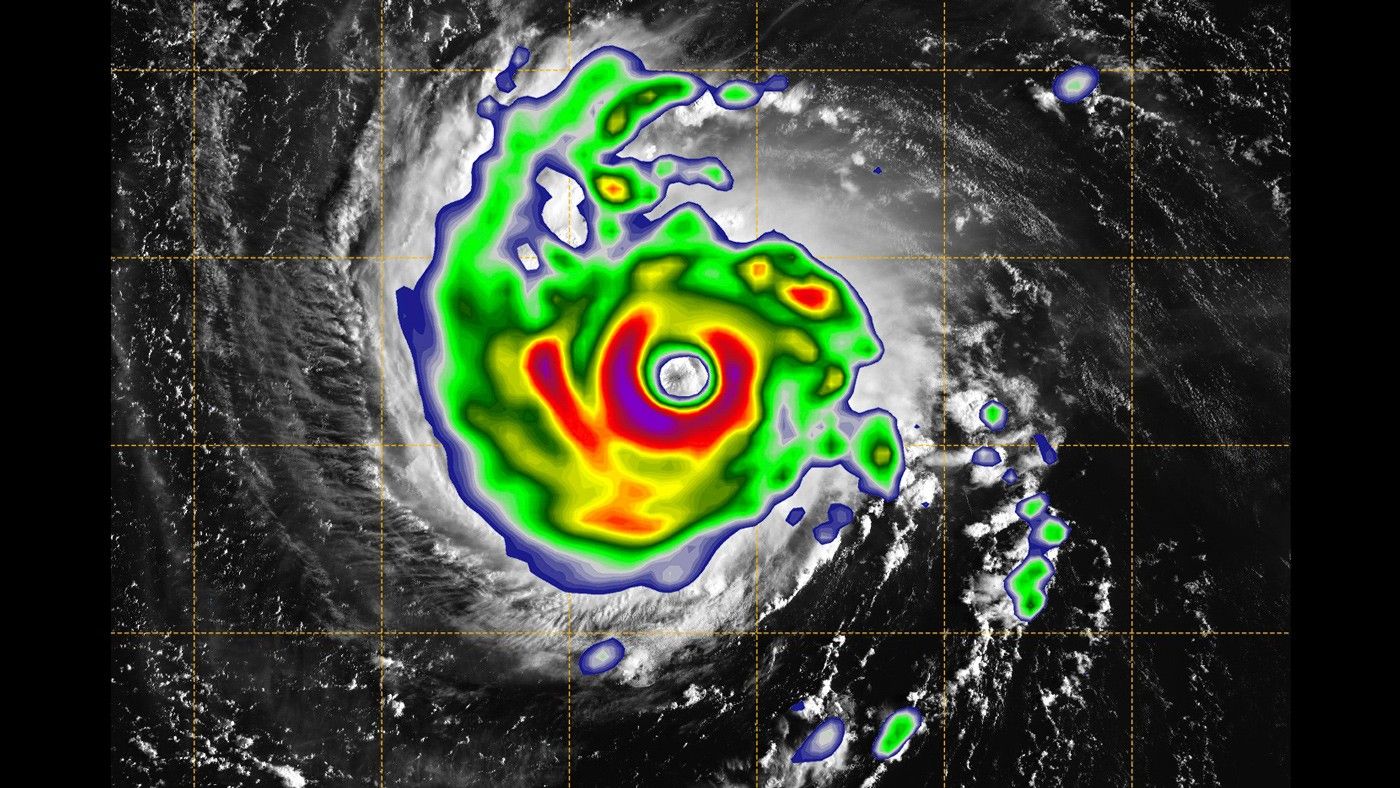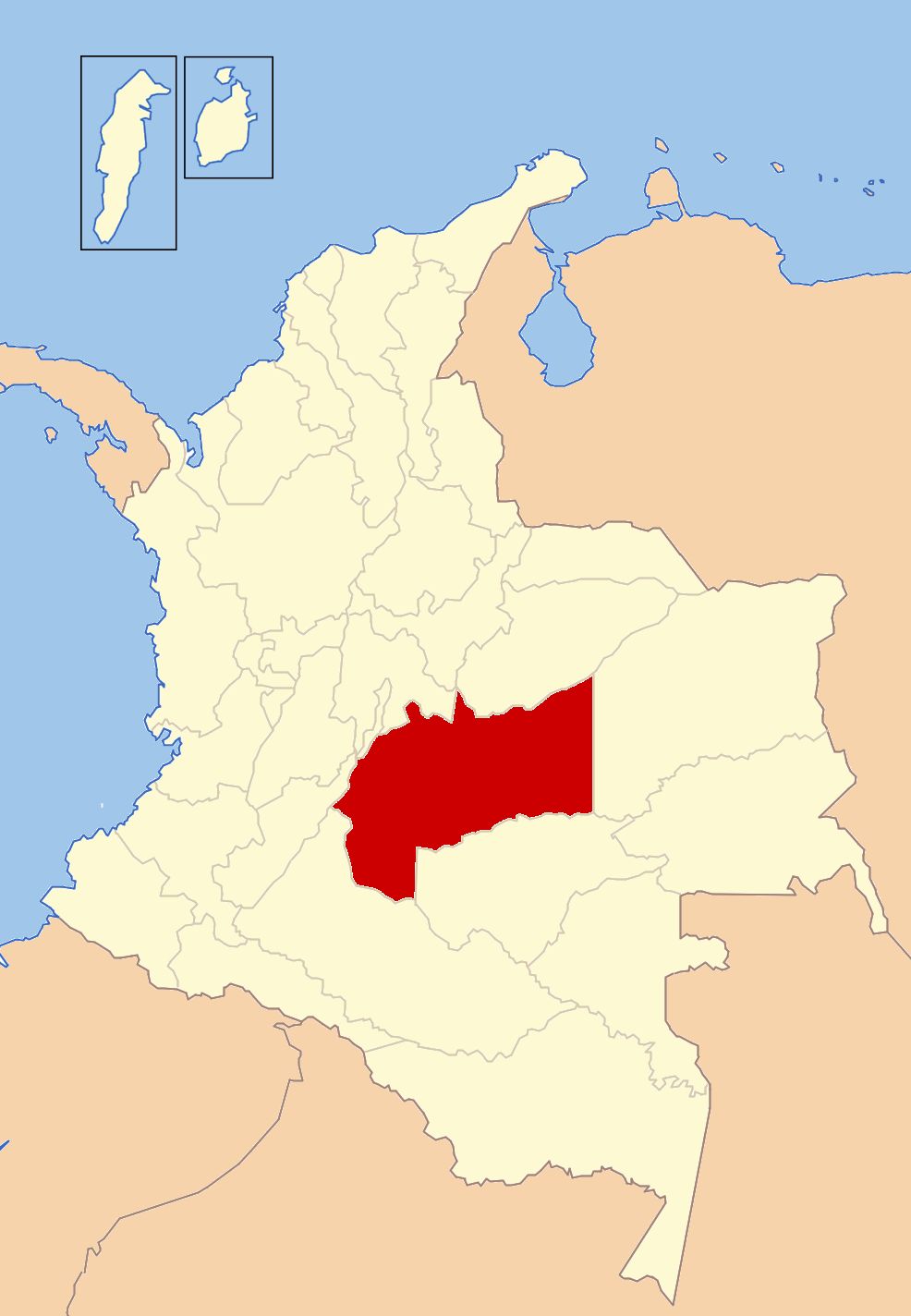
Heading out for a weekend in the woods or planning a longer off-grid adventure? The difference between a good camping trip and a truly great one often boils down to having the right portable power setup. Gone are the days of relying on noisy, emission-spewing gas generators for your campsite needs. Today, portable power stations, packed with rechargeable lithium-ion batteries, are the undisputed champions for delivering silent, reliable energy wherever your wheels take you.
From keeping your smartphone charged and lights glowing, to powering electric coolers, laptops, and even a drone, these versatile devices have revolutionized the way we experience the outdoors. They offer a cleaner, quieter, and safer alternative, making them ideal for national parks, forest campgrounds, and anywhere you might be near other people. No more worrying about fuel, oil changes, or loud upkeep—just plug-and-play convenience.
But with so many options available, how do you know what you really need? It’s not about grabbing the biggest battery on Amazon; it’s about matching your power station to your actual camping style and the gear you plan to run. Let’s dive into 13 simple, actionable ways a portable power station can transform your car camping experience, ensuring peace of mind and steady current, whether you’re a casual weekender or a full-time digital nomad hitting the trails.

1. **Keeping Phones & Small Devices Charged**
One of the most fundamental and universally appreciated uses for a portable power station in car camping is keeping your essential communication and personal devices fully charged. In today’s connected world, a dead phone isn’t just an inconvenience; it can be a safety concern, especially when navigating unfamiliar terrain or needing to contact someone in an emergency. Portable power stations offer dedicated USB-C and USB-A ports designed specifically for these smaller electronics.
Consider the typical power consumption: charging a smartphone usually requires about 10W for 1.5 hours, totaling roughly 15Wh. A small power bank top-off might add another 20Wh to your daily needs. With a portable power station, you can easily top off multiple phones, smartwatches, headlamps, or even a DSLR camera battery (around 15Wh) without ever having to search for a wall outlet or rely on your car’s limited USB ports.
For instance, a setup like the Jackery Explorer 300 Plus, with its 288Wh capacity, is perfectly suited for weekender campers who primarily need to keep their phones and lights powered. It offers multiple USB ports, including a 100-watt max output USB-C port ideal for fast-charging, ensuring your devices are always ready. This eliminates the worry of running out of juice right when you need to snap that perfect sunset photo or check your trail map.
Utilizing a power station for these smaller devices also means you’re conserving your vehicle’s battery, which is crucial when you’re off-grid. It’s a simple, silent, and efficient way to ensure you stay connected and your gadgets are operational throughout your entire trip. Always remember to fully charge your power station at home before you head out, especially for shorter weekend trips where solar might not be necessary.
Read more about: Is the 2025 Honda Accord Still the Mid-Size Sedan to Beat? An In-Depth Consumer Report.
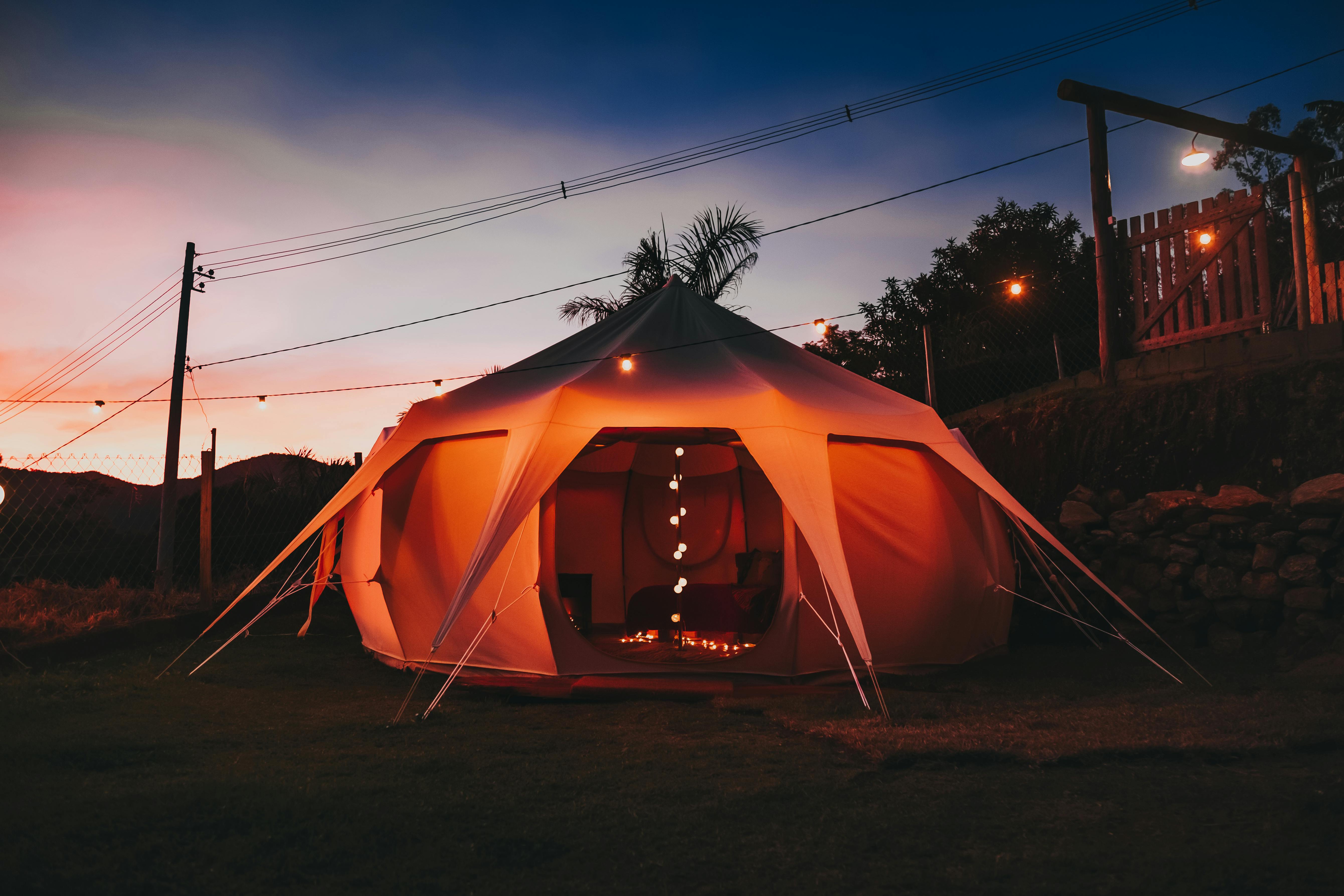
2. **Illuminating Your Campsite with LED Lights**
When the sun dips below the horizon, a well-lit campsite isn’t just about visibility; it’s about comfort, safety, and extending your evening enjoyment. Portable power stations are excellent for powering a variety of LED lighting solutions, from practical lanterns to ambient string lights, transforming your camping space into a cozy and functional hub after dark.
An LED lantern typically uses a mere 5W for about 4 hours, translating to a minimal 20Wh daily. String lights might consume similar low wattages, making them incredibly efficient to run off a power station. This low power draw means even a smaller capacity power station can keep your campsite brightly lit for multiple evenings without significant drain, offering far more flexibility than battery-operated lanterns that constantly need new disposable batteries.
Instead of fumbling in the dark or relying on less efficient light sources, you can create a welcoming atmosphere for cooking, reading, or simply relaxing. Imagine setting up two LED string lights (20Wh) around your camp, providing gentle illumination for hours on end, all powered silently and reliably by your portable battery. This enhances safety, reduces trip hazards, and makes your campsite feel more like a home away from home.
Moreover, some portable power stations, like the Anker Solix C300 DC, even integrate their own lighting solutions. This compact unit features a lamp that extends from the top, functioning as a lantern with three brightness settings, making it a dual-purpose device for power and light. This kind of integration simplifies your packing and ensures you always have an emergency light source directly from your power hub. Remember, using DC ports when possible for lights and other small devices is more efficient than AC, helping your power station last even longer.
Read more about: Solar’s Ascent: How Innovation and Accessibility Are Powering a New Era of Affordable Energy
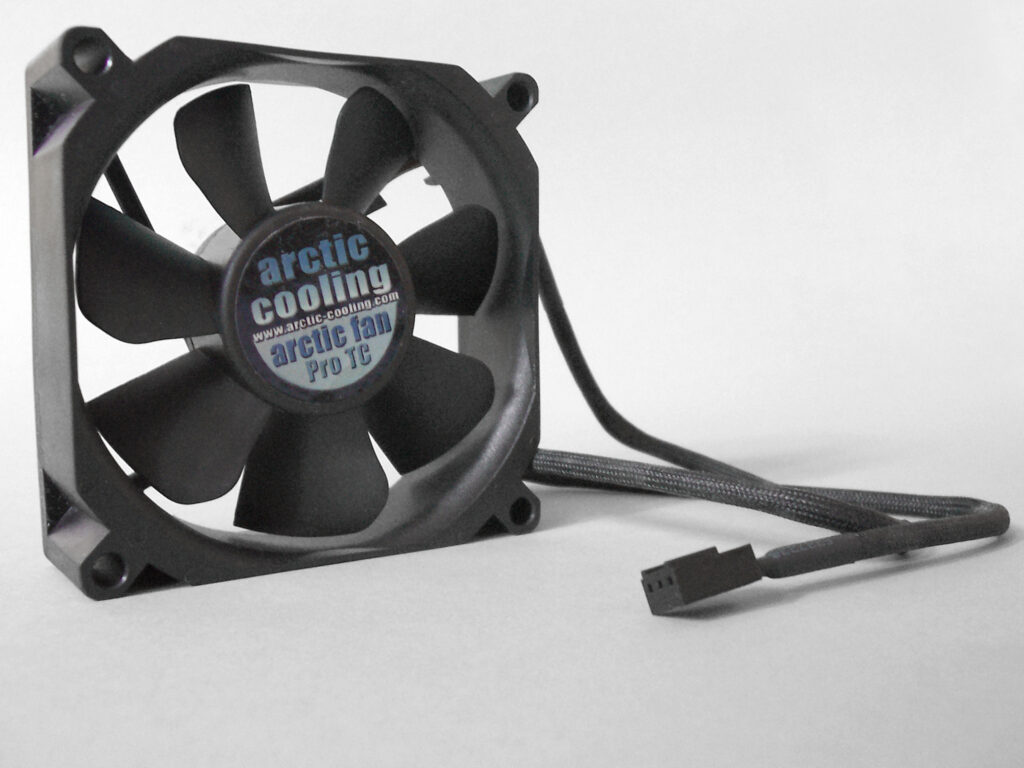
3. **Running Personal Cooling Fans**
Even in the great outdoors, things can get surprisingly warm, especially inside a tent during the afternoon or on a humid night. A portable power station makes it easy to beat the heat by running a personal USB fan, providing a refreshing breeze that can significantly improve your comfort levels and ensure a better night’s sleep.
A typical USB fan consumes around 10W. If you run it for 6 hours overnight, that’s just 60Wh of power needed. This is a very manageable load for almost any portable power station, even the smaller 200-300Wh models. Having a fan can make a huge difference in managing stuffiness or stagnant air inside your tent, allowing for a much more pleasant camping experience, particularly during warmer months.
For a weekend escape kit, pairing a USB fan with a 300-500Wh power station like the Jackery Explorer 300 Plus or Bluetti EB3A is a perfect combination. These setups are designed for casual campers and can comfortably handle the 60Wh daily draw of a fan, alongside charging phones and running lights, without breaking a sweat or running out of power prematurely.
Beyond just comfort, a fan can also help circulate air to reduce condensation inside your tent, a common issue in certain climates. This practical application demonstrates how a seemingly simple use of a power station can address multiple common camping challenges, enhancing both your personal comfort and the longevity of your gear. Just be mindful of leaving gear plugged in 24/7, as it drains faster than you think; switch off devices when not actively in use to maximize battery life.
Read more about: From Unsinkable Confidence to Underwater Tragedy: An In-Depth Chronicle of the RMS Titanic’s Final Hours and Enduring Legacy
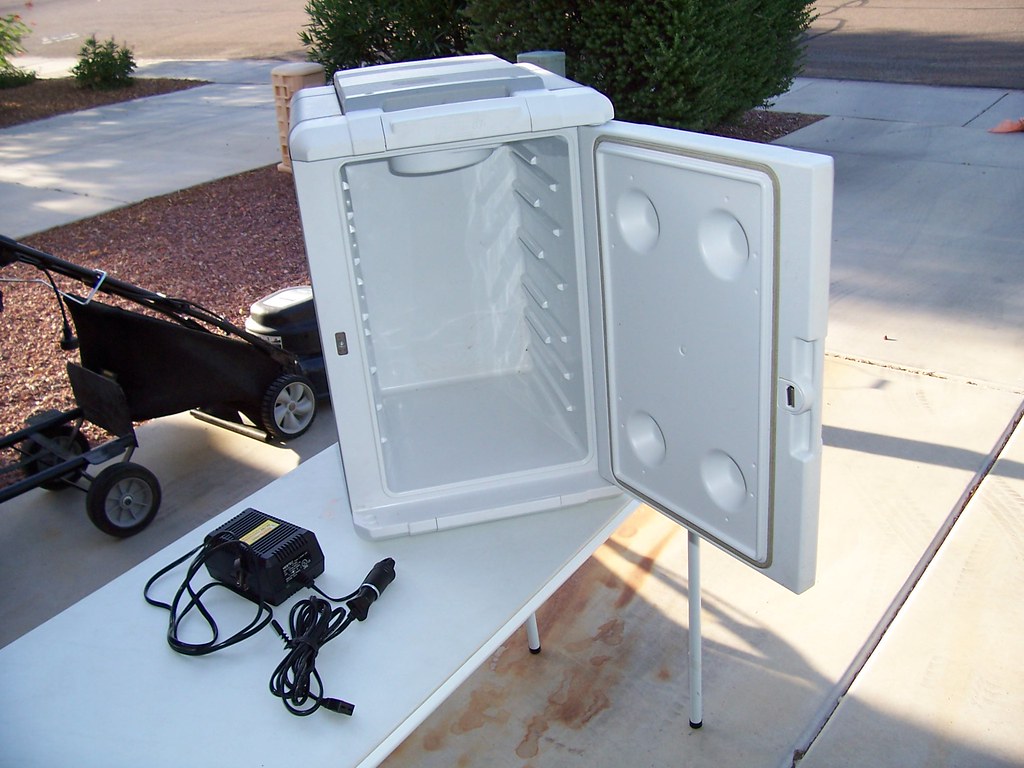
4. **Powering 12V Electric Coolers or Fridges**
One of the biggest game-changers for car camping is the ability to run a 12V electric cooler or fridge, completely freeing you from the constant hassle and expense of ice. Portable power stations excel at this, providing a consistent and silent power source that keeps your food fresh and drinks cold for days on end.
An average 12V electric cooler uses about 50W. If you run it for 8 hours daily, that’s a significant 400Wh of power needed. This is where sizing your power station becomes critical. For reliable overnight fridge power with some extra headroom, a 500Wh station is typically the minimum recommended. For multi-day autonomy without recharging, a 1000Wh+ model is ideal, especially if you’re venturing off-grid for longer periods.
Consider the EcoFlow River 2 Max or Anker 535, both around 512Wh, as excellent choices for extended weekends where a cooler and laptop are priorities. These mid-size units are perfectly capable of powering a fridge all night, making sure your groceries stay safe and your beverages chilled. This capability elevates your camping menu possibilities, allowing for fresh produce, meats, and dairy without the watery mess of melted ice.
The real benefit here is not just convenience, but also food safety and waste reduction. No more soggy sandwiches or spoiled ingredients due to inadequate cooling. By opting for a portable power station to run your cooler, you’re investing in a superior culinary experience and less stress about food management on your trip. Remember, using the DC output for your cooler is more efficient than AC, so always prioritize the 12V car accessory port if your fridge supports it.

5. **Charging Laptops for Remote Work or Entertainment**
For the growing number of digital nomads, remote workers, or simply those who enjoy catching up on a show after a day of hiking, charging a laptop while car camping is an absolute necessity. Portable power stations offer the juice needed to keep your workstation or entertainment hub running, even miles away from the nearest outlet.
A typical laptop consumes around 60W. If you’re working or streaming for 2 hours, that’s 120Wh of daily power. This means a mid-size power station, like those in the 500-700Wh range, is usually sufficient to power a laptop for several hours a day, alongside other essentials. Models such as the EcoFlow River 2 Max or Anker 535 are well-suited for this, providing ample capacity for a digital nomad basecamp setup.
Some power stations boast high-output USB-C ports specifically designed for fast laptop charging. For instance, the Jackery Explorer 300 Plus offers a 100-watt max output USB-C port, while the Anker Solix C300 DC goes even further with two 140-watt USB-C ports. These high-wattage ports can charge a MacBook Pro from 0 to 80 percent in as little as 75 minutes, even while the laptop is in active use with multiple browser windows open. This capability is a game-changer for maintaining productivity on the road.
Beyond work, a charged laptop means access to movies, e-books, and games, enhancing your downtime at the campsite. It’s about bringing the conveniences of home into the wilderness, responsibly and silently. Just be aware of not checking inverter limits if your laptop charger has high wattage, as not all power stations can handle every appliance. Also, leaving gear plugged in 24/7 drains the battery faster than you might expect, so unplug when done.
Read more about: Is the 2025 Ford F-150 Still America’s Reigning Truck? An In-Depth Look at What Makes it the Benchmark
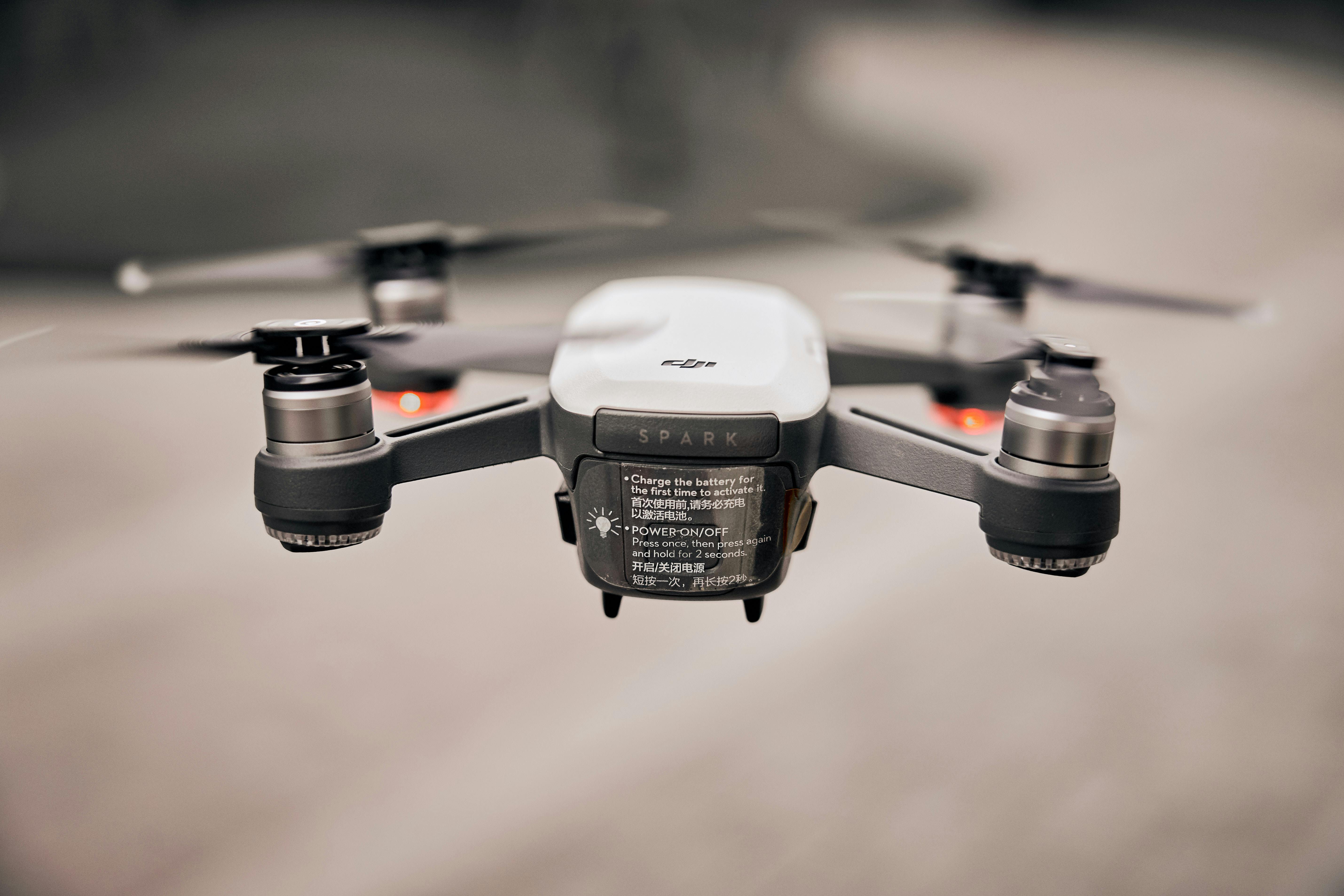
6. **Recharging Drone Batteries for Aerial Photography**
For adventurers who love to capture stunning aerial views of their campsites and the surrounding landscapes, keeping drone batteries charged is paramount. Portable power stations provide the high-wattage output often required to quickly and efficiently recharge drone batteries, ensuring you don’t miss any photographic opportunities.
Charging a drone battery typically requires around 60W for 1 hour, totaling 60Wh. This power draw is easily handled by most portable power stations, from mid-size models upwards. Having a reliable power source for your drone means you can fly multiple times a day, capturing diverse perspectives and documenting your travels in a way traditional photography cannot.
A dedicated power station like the EcoFlow River 2 Max or Anker 535 is an excellent choice for content creators and off-grid weekenders who rely on their drones. These units, with capacities around 500-700Wh, can comfortably integrate drone battery charging into a digital nomad basecamp setup, alongside powering laptops, phones, and cameras.
This application speaks to the evolving nature of camping, blending outdoor exploration with modern technology. No longer are you limited by the finite charge of your drone’s battery pack; with a portable power station, your aerial adventures can continue as long as the light is good. Remember that solar panels can be a smart addition for 3+ day camping or off-grid boondocking, allowing you to top off your power station and keep your drone ready for flight even during extended trips. Just be sure to match your panel size to your battery’s solar input limit to optimize charging efficiency.
Heading out for a weekend in the woods or planning a longer off-grid adventure? The difference between a good camping trip and a truly great one often boils down to having the right portable power setup. Gone are the days of relying on noisy, emission-spewing gas generators for your campsite needs. Today, portable power stations, packed with rechargeable lithium-ion batteries, are the undisputed champions for delivering silent, reliable energy wherever your wheels take you.
From keeping your smartphone charged and lights glowing, to powering electric coolers, laptops, and even a drone, these versatile devices have revolutionized the way we experience the outdoors. They offer a cleaner, quieter, and safer alternative, making them ideal for national parks, forest campgrounds, and anywhere you might be near other people. No more worrying about fuel, oil changes, or loud upkeep—just plug-and-play convenience.
But with so many options available, how do you know what you really need? It’s not about grabbing the biggest battery on Amazon; it’s about matching your power station to your actual camping style and the gear you plan to run. Let’s dive into 13 simple, actionable ways a portable power station can transform your car camping experience, ensuring peace of mind and steady current, whether you’re a casual weekender or a full-time digital nomad hitting the trails.

7. **Blending Beverages for Delicious Camp Cocktails or Smoothies**
There’s no reason to sacrifice your morning smoothie or evening margaritas just because you’re off-grid. A portable power station can easily handle the brief, high-wattage demands of a blender, allowing you to whip up fresh, delicious beverages right at your campsite. This adds a touch of luxury and convenience, transforming your outdoor culinary experience from basic to gourmet with minimal effort.
Blenders are known for their high peak draw, typically consuming around 300W, but only for very short bursts—about 5 minutes, equating to a mere 25Wh of daily power. This brief usage makes them surprisingly manageable for many power stations. However, it’s crucial to check your power station’s inverter wattage, as a 300W inverter is the minimum required to handle a blender’s surge. For instance, the Jackery Explorer 300 Plus, with its 300W max output, can operate a blender for a protein shake, proving that even mid-size units can handle these demands.
For campers looking to integrate a blender into their setup, a power station in the 500-700Wh range is a safe bet, especially if you plan to run it alongside other appliances. The ‘Off-Grid Cooking & Chill Setup’ suggests a 1000-1500Wh station for a small blender, cooktop, and cooler, providing ample headroom for multiple uses. Always ensure your power station has the necessary inverter wattage; a 300W+ rating is essential for appliances with short, high-wattage bursts like blenders or coffee makers.
Read more about: Spill the Beans! What Your Starbucks Order Says About Your Personality, Backed by Science (and Barista Secrets!)
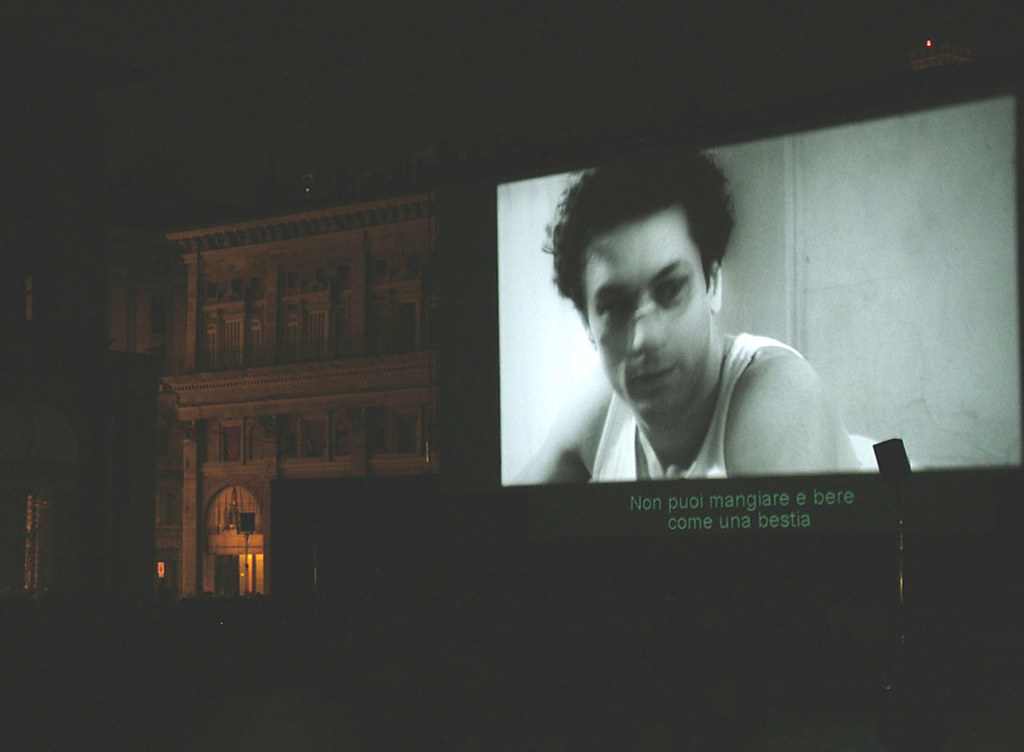
8. **Enjoying Outdoor Cinema with a Portable Projector**
Who says camping has to mean sacrificing movie night? With a portable power station, you can transform your campsite into an open-air cinema, projecting your favorite films onto a tent wall or portable screen under the stars. This provides an incredible entertainment option for families, couples, or anyone looking to add a unique and memorable experience to their outdoor adventure.
A typical projector uses about 80W of power. If you’re planning a 2.5-hour movie night, that translates to approximately 200Wh of daily power needed. This makes a projector a perfectly feasible addition to your camping gear, especially when paired with a mid-to-large capacity power station. Systems like those in the 500-1000Wh range, such as the Bluetti EB70S or Jackery Explorer 1000, are ideal for supporting a movie night setup.
To optimize your outdoor cinema experience, consider a ‘Movie Night & Chill Setup’ which suggests a 500-1000Wh battery capable of running a projector, a Bluetooth speaker (another 30Wh), and a popcorn air popper. This combination allows for a full entertainment package without worrying about power limitations. Always double-check your power station’s inverter limits to ensure it can handle the projector’s wattage, as some power stations cannot run every appliance.
Read more about: 14 Must-Have Tech Marvels: Upgrading Your Life with the Latest Gadgets
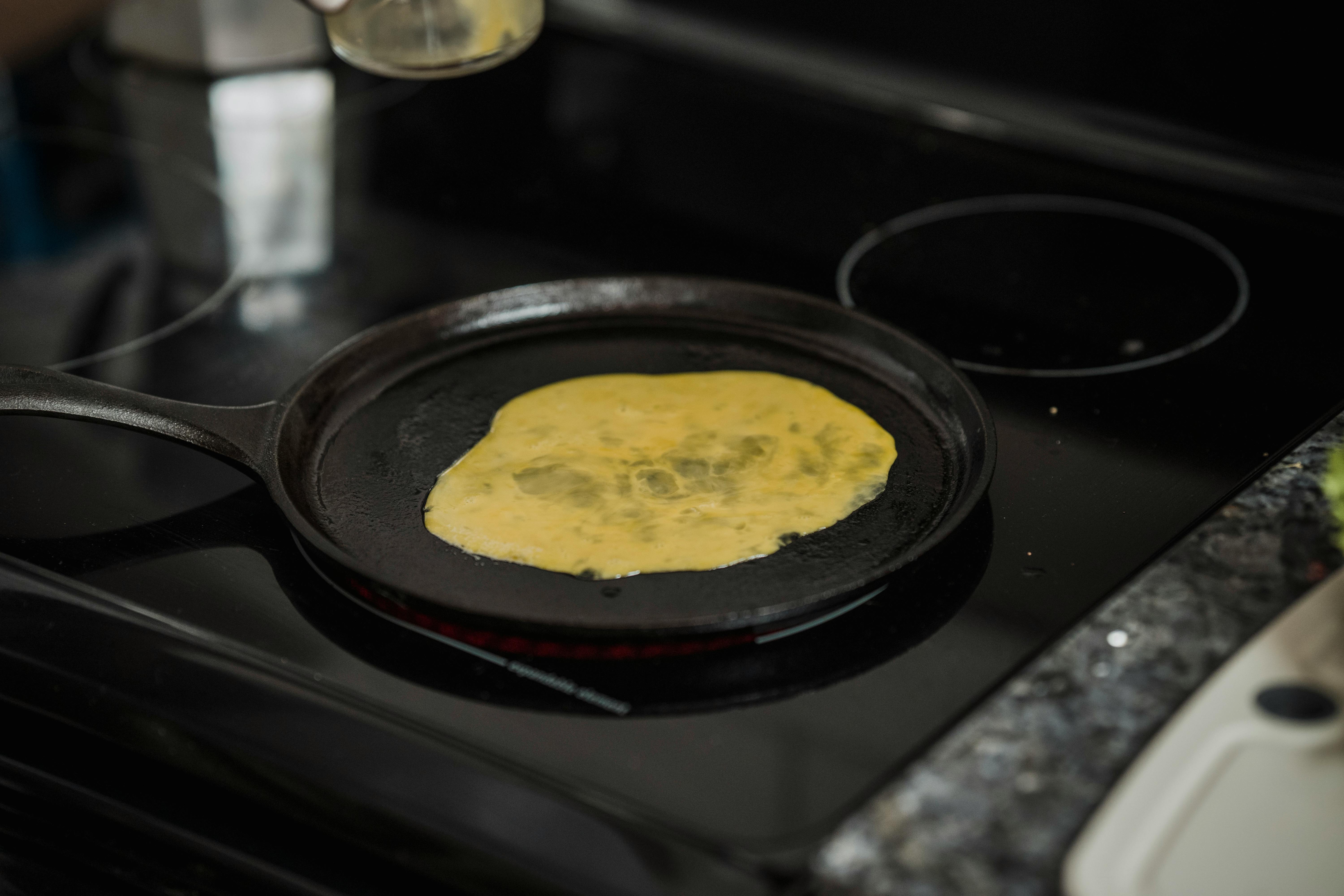
9. **Preparing Hot Meals with an Induction Cooktop**
Moving beyond campfire cooking, a portable power station opens up a world of culinary possibilities by powering an induction cooktop. This allows you to prepare hot, gourmet meals with precision and efficiency, without the smoke, ash, or fuel concerns of traditional campfires or gas stoves. It’s a game-changer for foodies and those seeking a more convenient cooking experience in the wilderness.
An induction cooktop typically draws around 200Wh for a brief cooking session. While this is a higher draw than some smaller devices, it’s well within the capabilities of larger portable power stations. For serious off-grid cooking, a 1000-1500Wh power station is recommended. Models like the Bluetti AC180 or Jackery Explorer 1000 Plus are explicitly suited for such tasks, handling the power demands of an induction cooktop alongside a cooler and other gear.
When choosing a power station for an induction cooktop, paying close attention to the inverter wattage is non-negotiable. A 300W inverter simply can’t run an induction stove, highlighting the importance of knowing your peak draw. For a truly robust ‘Off-Grid Cooking & Chill Setup,’ a power station in the 1000-1500Wh range is perfect, enabling you to power an induction cooktop for preparing diverse meals, adding unmatched flexibility to your camping kitchen.
Read more about: 14 Kitchen Upgrades Real Home Cooks Swear By for a More Functional and Beautiful Space

10. **Staying Warm with a Heated Blanket in Chilly Weather**
Don’t let cooler temperatures deter your camping adventures. A portable power station can become your silent, efficient solution for staying warm, especially when powering a heated blanket. This significantly enhances comfort during fall, winter, or shoulder-season camping, ensuring a cozy night’s sleep even when the mercury drops.
A heated blanket typically consumes about 60W. If run for 6 hours overnight, this translates to roughly 300Wh of daily power. This substantial but manageable draw makes a heated blanket an excellent candidate for power station use in colder climates. For a ‘Cold Weather Weekend Warrior’ setup, a power station with 800-1200Wh capacity is recommended, such as the EcoFlow Delta 2 or Anker SOLIX F1200.
These larger capacity power stations are perfectly designed to handle the 300Wh daily draw of a heated blanket, along with other cold-weather essentials like an electric kettle. Integrating a heated blanket means you can extend your camping season and enjoy the tranquility of cooler outdoor environments without shivering through the night. It’s a simple, yet profoundly impactful way to elevate your comfort and make off-season camping a delightful experience.
Read more about: Navigating the Chill: Essential Tips for Maximizing Your EV’s Performance and Range This Winter
11. **Boiling Water for Hot Drinks and Instant Meals**
There’s something incredibly comforting about a hot cup of coffee or tea on a crisp morning at the campsite. A portable power station makes boiling water a simple, quick, and emission-free task with an electric kettle, allowing you to enjoy warm beverages or prepare instant meals without the need for a campfire or propane stove.
An electric kettle typically requires about 50Wh of power, making it a relatively low-draw appliance for brief use. This is a very efficient way to get hot water for your morning brew, oatmeal, or even rehydrating freeze-dried meals. When paired with a power station like the EcoFlow Delta 2, which is part of a recommended ‘Cold Weather Weekend Warrior’ setup, you have plenty of capacity to boil water multiple times a day.
This convenience factor is immense, especially when you consider the alternative of waiting for a campfire to heat or fumbling with gas canisters. The ability to instantly boil water with clean, silent power transforms your morning routine and evening wind-down, adding a significant layer of comfort and ease to your camping trip. Just remember, as with blenders, brief high-wattage devices like kettles need a power station with an inverter capable of handling their peak draw.
Read more about: Unlock Affordable Wellness: Your Comprehensive Guide to Healthy Home Cooking Without Draining Your Wallet

12. **Maintaining Connectivity with a Wi-Fi Hotspot or Router**
For digital nomads, remote workers, or simply those who want to stay connected with loved ones or access emergency information, maintaining internet connectivity is vital. A portable power station ensures your Wi-Fi hotspot or router remains powered, turning your car camp into a productive mobile office or a reliable communication hub.
A Wi-Fi hotspot or router typically consumes around 40Wh daily. This modest power requirement makes it an easy addition to almost any portable power station setup. For a ‘Digital Nomad Basecamp,’ where connectivity is key, a 500-700Wh power station like the EcoFlow River 2 Max or Anker 535 is perfectly suited to keep your hotspot running alongside your laptop, phone, and camera charging needs.
Having consistent power for your hotspot means you can upload photos, check emails, navigate online maps, or even participate in video calls from virtually anywhere your vehicle can reach. This transforms the perception of being ‘off-grid’ from isolated to simply ‘unplugged from the mains,’ offering the best of both worlds—nature’s tranquility with modern convenience. It’s an essential component for any traveler blending adventure with the necessities of the digital age.
Read more about: T-Mobile’s 5G Home Internet Gets a Major Overhaul: New Plans, Streaming Perks, and a Shift for Existing Customers

13. **Making Popcorn for the Ultimate Campsite Snack**
No movie night, or even just a casual evening around the fire, is complete without a classic snack. A portable power station allows you to easily make fresh popcorn using a portable air popper, adding a fun and delicious treat to your camping experience. It’s a simple pleasure that can elevate a good night into a great one.
A popcorn air popper typically requires around 150Wh for a session. This brief, higher-wattage demand is well within the capabilities of mid-to-large power stations, especially those recommended for entertainment setups. For a ‘Movie Night & Chill Setup,’ a 500-1000Wh battery like the Bluetti EB70S or Jackery Explorer 1000 is perfectly equipped to handle the popcorn popper, projector, and speakers.
This capability goes beyond mere snacking; it’s about creating an atmosphere. Imagine the aroma of freshly popped corn mingling with the crisp night air, enhancing the joy of storytelling, stargazing, or enjoying an outdoor film. It’s an easy way to bring a little piece of home comfort and festivity to your wild surroundings, making your car camping adventures truly unforgettable for everyone involved.
From blending energizing morning drinks to projecting films under a canopy of stars, and from cooking hot meals to staying cozy on chilly nights, a portable power station transcends its role as a mere gadget. It becomes the silent, reliable heart of your campsite, empowering you to craft an outdoor experience that is as comfortable and connected as it is adventurous. Embracing these simple power solutions means less hassle, more enjoyment, and the freedom to truly make the wilderness feel like home, one charged device and delicious meal at a time. The open road and wild trails await, now with endless possibilities powered right from your vehicle.

